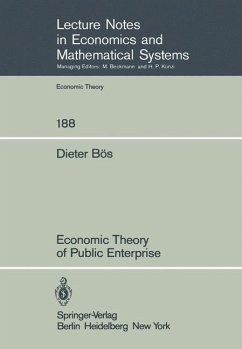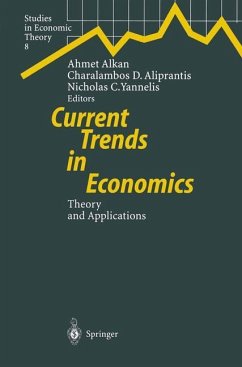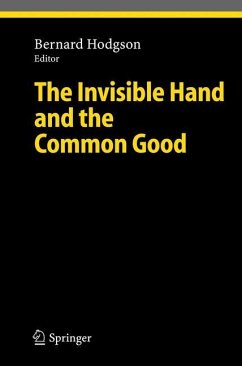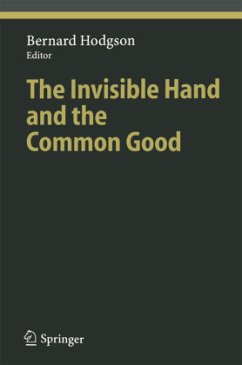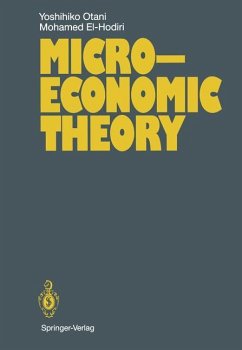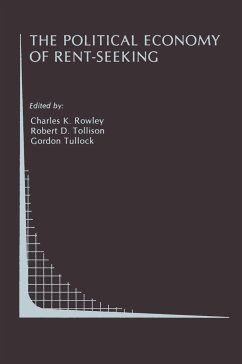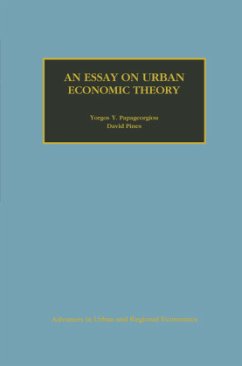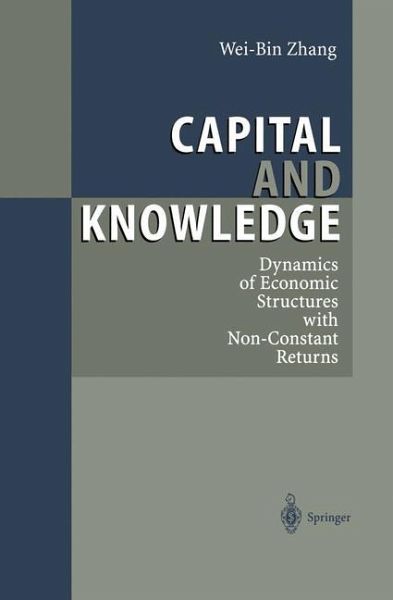
Capital and Knowledge
Dynamics of Economic Structures with Non-Constant Returns
Versandkostenfrei!
Versandfertig in 6-10 Tagen
76,99 €
inkl. MwSt.
Weitere Ausgaben:

PAYBACK Punkte
38 °P sammeln!
This book constructs an economic theory which may be studied like the I Ching: it contains multiple patterns within a grand whole; it consists of multiple parts and each part represents itself as a consistent unity. The book is the key part of my economic theory with endogenous popUlation, capital, knowledge, preferences, sexual division of labor and consumption, institutions, economic structures and exchange values over time and space (Zhang, I 996a). It has taken me a long laborious process to systematize the ideas represented in this book: formulating the grand vision in Schumpeter's sense,...
This book constructs an economic theory which may be studied like the I Ching: it contains multiple patterns within a grand whole; it consists of multiple parts and each part represents itself as a consistent unity. The book is the key part of my economic theory with endogenous popUlation, capital, knowledge, preferences, sexual division of labor and consumption, institutions, economic structures and exchange values over time and space (Zhang, I 996a). It has taken me a long laborious process to systematize the ideas represented in this book: formulating the grand vision in Schumpeter's sense, searching for or creating many ideas, of which only a few have 'survived', and now completing this book to make a tell. I remember Schumpeter's attitude: new ideas, unless carefully elaborated, panistakingly defended, and 'pushed', simply will not tell (Schumpeter, 1934), Keynes' observation: the difficulty lies, not in the new ideas, but in escaping from the old ones, which ramifY . . . . into every comer of our minds (Keynes, 1936), as well as Confucius' recognition of the importance oftiming: If my p'rinciples are to advance, it is so ordered. If they are to fall to the ground,it is so ordereo. (Confucius, 1992). Acknowledgements I completed this book at the Swedish Institute for Futures Studies. I am grateful to the pleasant and effective environment· produced by the staff of the Institute. I acknowledge my deep appreciation to Professor Ake E. Andersson, my supervisor of Ph. D.



